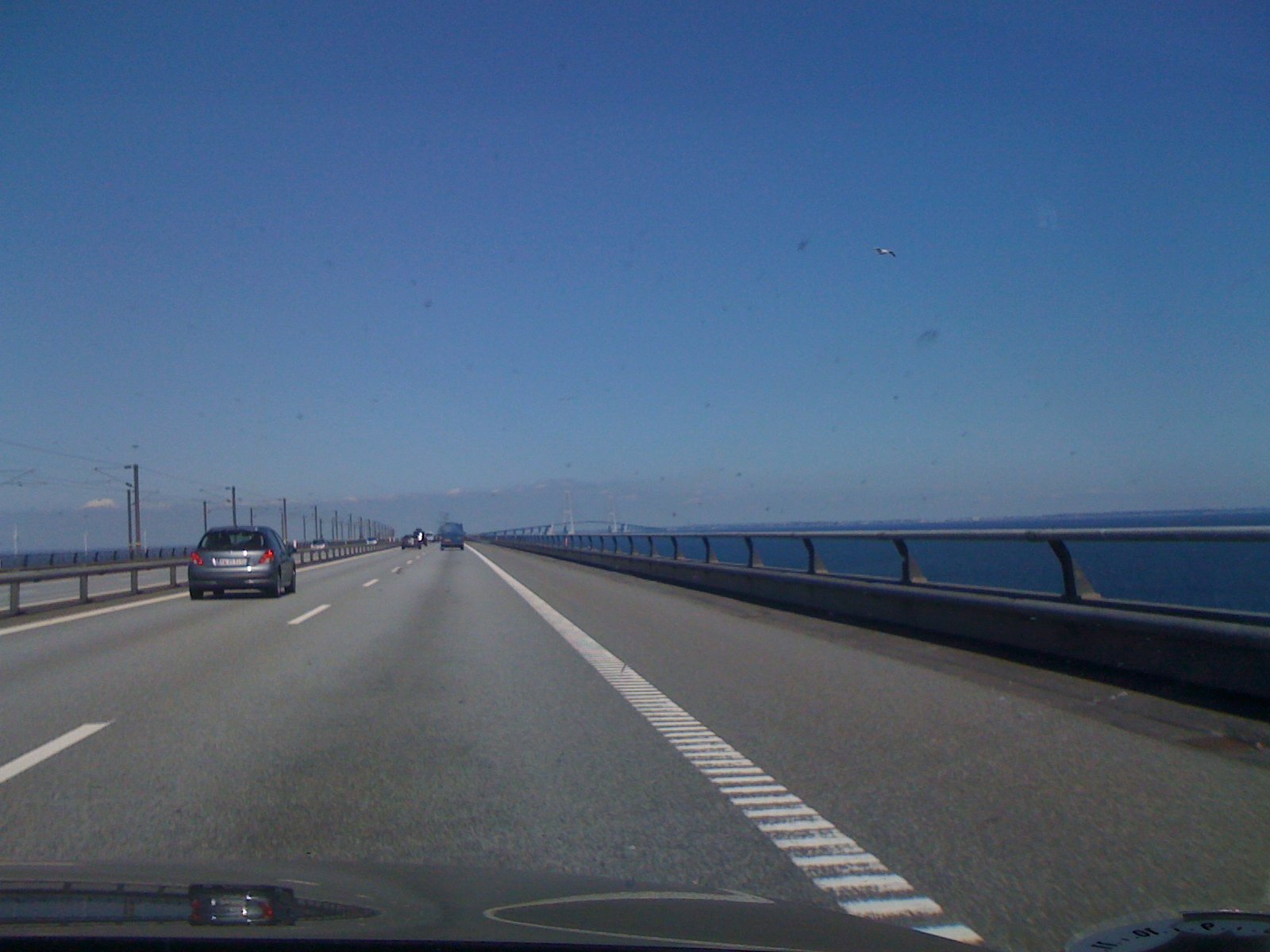SEO is critical for the success of any business strategy online. It is the holistic mix of good practices and the correct set up for the technical part of a website and its interaction with strategy and content. There are a lot of names for SEO but ultimately it is about good practices that have to do with consistency and ethical best practice.
In order to have a SEO work in progress and a strong business case any business has to do their home work first. That homework is about the DNA setting of the goals and purposes of business, sales. It has to do with the requirements to reach people and then dialogues with technology, CMS (content management system) and get the proper ROI (return on investment). It is important to manage a SEO dialogue between the technical features of your website / platform and the business and content requirements.
I went through a checklist that intends to nail the most important things for the SEO performance of any given website. This does not attempt to tackle bespoke areas of website optimisation that relate to business specific commercial goals. You may have more detailed needs for elements such as Google Sitemap (e.g. separate news sitemap) that will need thorough mapping. My recommendation is to do a good homework and research and make sure you have the essentials covered and then work with an SEO / Social Media specialist (in-house or outsourced) to overlay the correct detailed project management. Remember as well that SEO and Social are working together having a double effect on each other. Also Facebook and Twitter (and even Stumbleupon) are search engines of their own, as well, driven by the social graph data and sponsored, indexed by Google and by Bing search from Microsoft.
Some key elements critical to any successful approach:
- Remarkable Content engaged with a powerful message and distribution strategy;
- Coordination between technical/IT/web systems/ editorial team / sales and customer services team(s). Make sure there is a strong link between a good clean Coding and the respective Content Management;
- Make sure you focus on your Page Optimization (CMS / SEO Web Design)
- Patience and Persistence and being continuously updated;
- Effective Calls to Action and Conversion Pages;
- Strong off Page Augmentation (SEO Link Building). Links, links and links with quality;
- Social Media presence associated with the website and co related with the message/ goals you are trying to drive. Promotion done mostly through Social Media
So these are 30 elements important to bear in mind:
- Choice of a strong domain name and a web system that dynamically generate search engine friendly URLs for product and content pages e.g. www.yoursite.com/category-name/product-name instead of www.yoursite.com/productdetails.aspx?pid=037012&cid=144&language=en-GB
- Ability to specify / edit URLs for individual pages via CMS – important for campaign landing pages and micro sites
- Consistency across the keyword DNA and the content strategy and indexation
- 301 redirects to preserve search engine rankings
- Avoiding duplicate content and use of the canonical tag where relevant
- Support for linking of different theme/product pages and content pages to improve internal linking – should be delivered via the Catalogue Management tool or CMS
- CSS absolute positioning for text links on product list pages to ensure the first link for each product is keyword rich
- Dynamic XML sitemap that is submitted on a regular basis. If you have news a news site map
- HTML sitemap that is auto generated based on your catalogue and site structure
- Support for rich snippets within platform – encoding of data in RDF format e.g. customer ratings & reviews
- Custom 404 error page and automated report to flag error pages so your internal team can take action (you can achieve this through a separate monitoring tool such as Indiabook)
- Robots.txt file is provided and you can access and edit when required
- Core provision for meta content (title, description, keywords) that is auto generated when you load new products and content pages and can also be edited easily from within the CMS
- Text links in navigation not images; if coders are using sIFR (flash replacements) push them for clarification on how this is being done to ensure it complies with accessibility standards
- Keyword optimised H tags within html for headings – structure for use of H1 to H6 to provide a relevant hierarchy of content
- Ensuring flash objects are search engine friendly
- Ensuring pdf content is readable e.g. captions for images, document meta data
- Graceful degradation – when elements like JavaScript , flash are disabled in the browser, key content is still visible to search engine spiders/bots as well as to visitors
- RSS feeds to support product and news announcements e.g. deal of the day
- Page load time to meet agreed threshold but make sure you define how load speed is measured e.g. after all page elements have loaded – this factor will be included in Google’s algorithm in 2010
- Social media content such as blogs are hosted on your primary website domain using an SEO friendly blog engine (e.g. WordPress is better than Blogger) – blogs usually sit on a sub-domain such as blog.yoursite.com to ensure you benefit from the search engine juice.
- Avoiding the ‘copy and paste’ trap
- Using identical vendor descriptions
- Duplicating that unique and valuable description
- Not paying attention to the affiliate channel
- Revealing way too much
- Making site wide changes
- Integrating the website in the social graph with Add this bottoms and related
- Facebook (open graph) and Twitter integration
- Social Media total integration
It is essential that any site specific SEO and respective Social Media requirements are accurately documented during your project scoping phase to ensure you evaluate the relative optimisation strengths of potential vendors. Good work!
Related articles
The Practical “Real Deal” SEO Guide Part 3 (seodesignsolutions.com)


